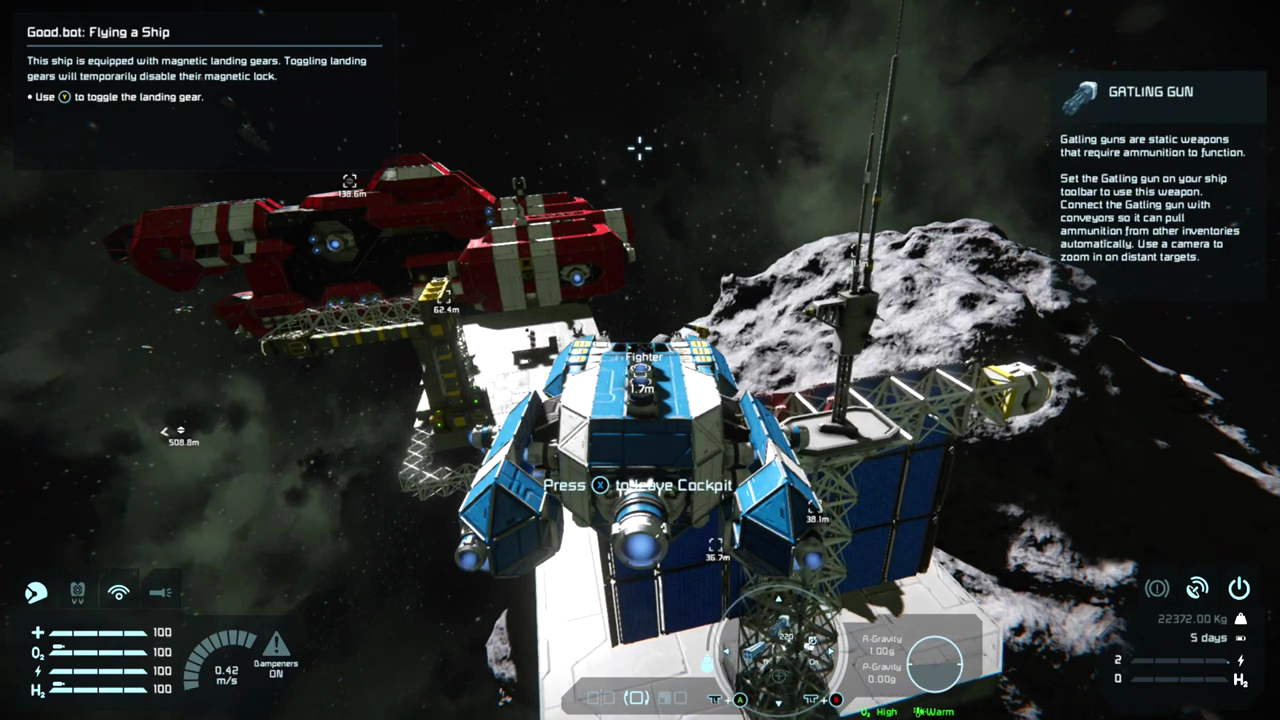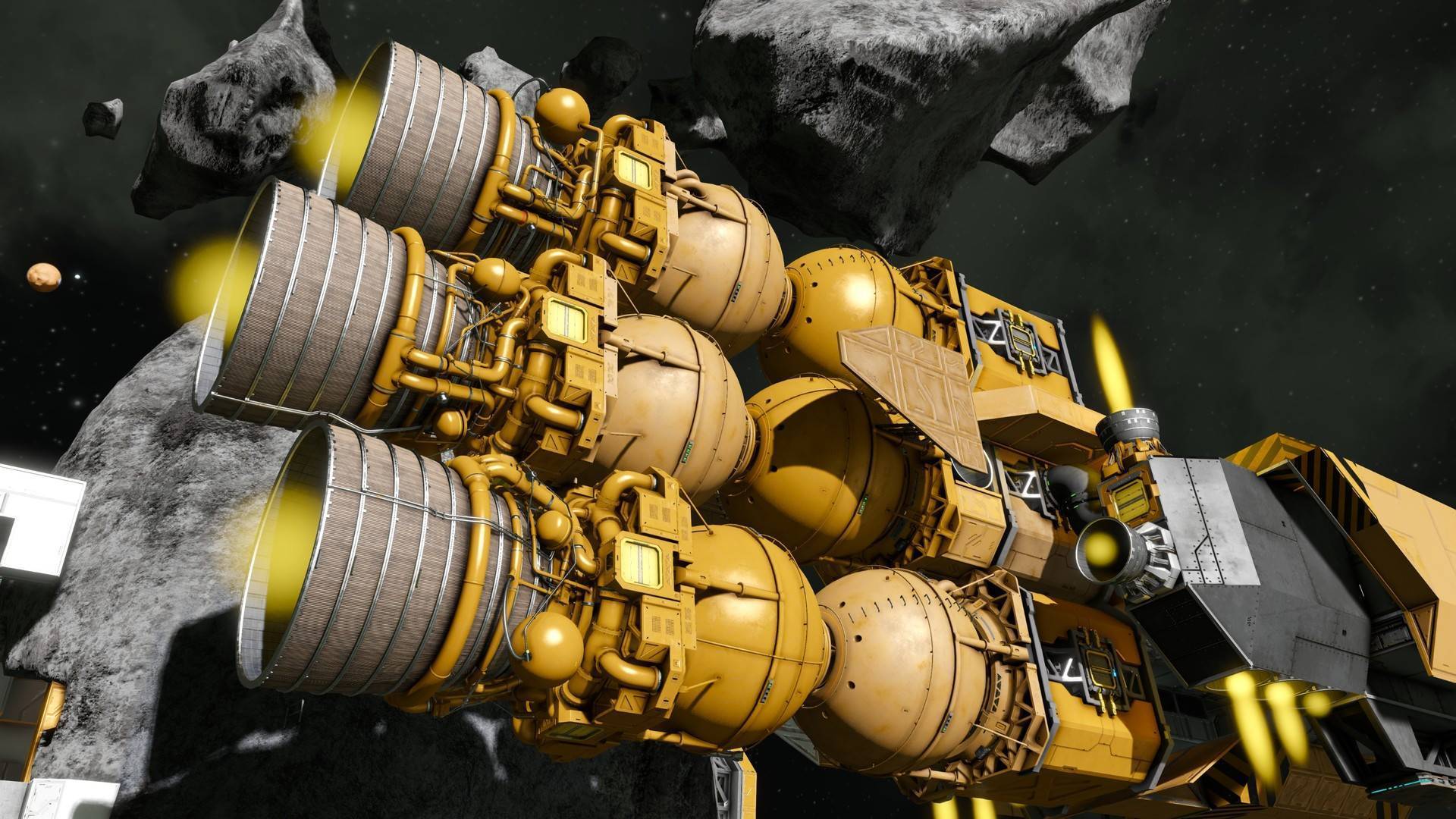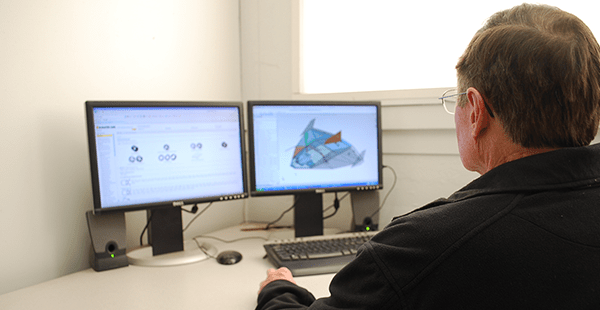


Our in-house computer codes can describe turbulent regimes (as well as chemically and thermodynamically equilibrium and non-equilibrium processes) past a re-entry vehicle. Turbulisation of the flow also plays a crucial role in high-density atmosphere. In these regimes, thermal excitation, radiative emission and absorption, ionisation and surface catalytic effects become important. In turn, the description of high-speed flows past re-entry vehicles is based on very rich high-temperature thermodynamics up to 25,000K. The design of spacecraft systems is a highly complex multidisciplinary problem that requires accurate prediction of gas flows. The performance of the materials will be validated on-orbit in 2020 on our Satellite for Orbital Aerodynamics Research (SOAR). Our Rarefied Orbital Aerodynamics Research facility (ROAR) will generate a continuous flow of atomic oxygen at orbitals speeds enabling systematic characterisation of the gas surface interaction with materials. We’re at the forefront of developments to identify and develop materials which specularly reflect the gas and, in combination with appropriate geometric design, can produce usable lift forces and either minimise or maximise the induced drag. In free molecular flows, the atmosphere is so rarefied that intermolecular collisions are rare and aerodynamics is dominated by gas interactions directly with surfaces.įor orbital aerodynamics in low Earth orbits, this gas is predominantly atomic oxygen which adheres to traditionally used space materials producing drag. These gas flows are significantly different from traditional aerodynamics due to the flow regime and gas composition. Orbital aerodynamics is the study of the interactions of the residual atmosphere with orbital bodies.

Low orbital altitude satellites enable high-resolution imaging The presence of the rarefied atmosphere in Very Low Earth Orbits (VLEO) also offers interesting opportunities for innovative attitude and orbital manoeuvres using aerodynamic forces and the prospect of revolutionary Atmosphere-Breathing Electric Propulsion (ABEP), which can enable sustained operations at these altitudes. Our research in this area is principally concerned with the development of novel geometries and system concepts that can operate effectively in this challenging environment. Aerodynamic perturbations also challenge the ability of the platform to remain stable with significant implications on mission operations. However, at reduced orbital altitude the residual atmosphere produces drag, which decreases the orbital lifetime.

Operating satellites at lower altitudes allows them to be smaller, less massive and less expensive, while achieving the same or even better resolution and data products than current platforms.


 0 kommentar(er)
0 kommentar(er)
